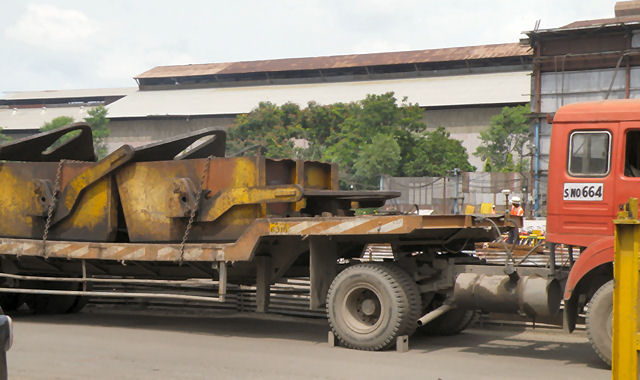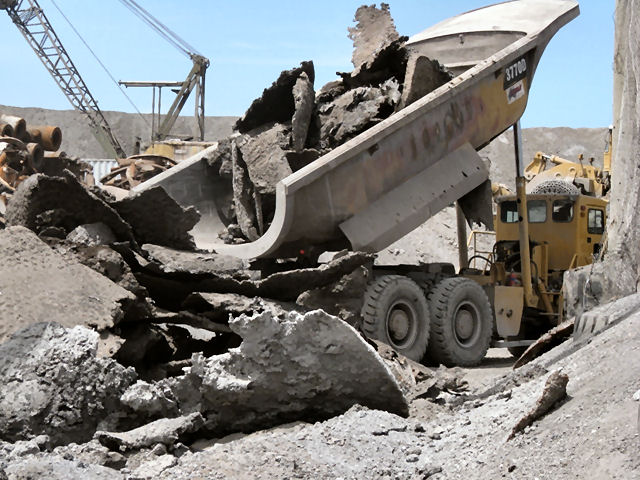- Scrap Collection & Processing
- Slag Processing using Mobile Breaker
Handling & Transportation of End Cuts & Slab Cuts
- Handling & Transportation of Jams and Skulls
¤ Home » Process Methodology » Handling & Transportation of End Cuts & Slab Cuts
Handling & Transportation of End Cuts & Slab Cuts
CONVENTIONAL PRACTICE
MLPL executes Shifting, viz. Handling, Transportation & Unloading, of End Cuttings, from HSM to Sheet Mill and other designated areas. MLPL has also undertaken Shifting of Slab cuts from HSM to designated areas.
End Cut Transportation

The Process Involves
- Loading of End Cuts collected in the boxes onto MLPL trailers by client's O/H Cranes.
- Transport and weighing of the items.
- Unloading with Suku cranes at the designated areas.
- Reloading the items onto trucks and dumpers with Suku Cranes.
- Transport and weighing of the items.
- Unloading of same with Suku cranes at LD shops.
Shifting of the scrap necessitates
- Engagement of client's overhead magnet cranes for loading on Trailers.
- Transport of the items by several deployed trailers, resulting in increased traffic.
- Engagement of several Suku cranes, etc., using slings in addition to appointing large number of labors for manual lifting/sorting at various designated unloading points.
- Reloading, transporting and unloading the items at LD shops resulting in multiple handling.
MLPL RECOMMENDED PRACTICE
For upgrading the present practice, client can consider deployment of new specially designed Tippers along with other suitable Balancing equipment as appropriate. The Tippers may be loaded by client's magnet cranes at the generating point. Weighing and Transportation of the items directly to LD shops can be done for re-melting purpose.
Recommended Tipper

Advantages
- Up-gradation in terms of operational safety and in-use technology.
- Minimization of on-road traffic within the plant, resulting in increased safety and reduced pollution.
- Elimination of use of Suku cranes at the unloading points.
- Reduction of manual Labor involved, resulting in increased safety.
- Avoidance multiple handling, resulting in cost reduction.
- Freeing up of scarce and valuable ground space at interim nominated yards, resulting in better resource utilization.
- Achieving higher safety, efficiency and accountability.




